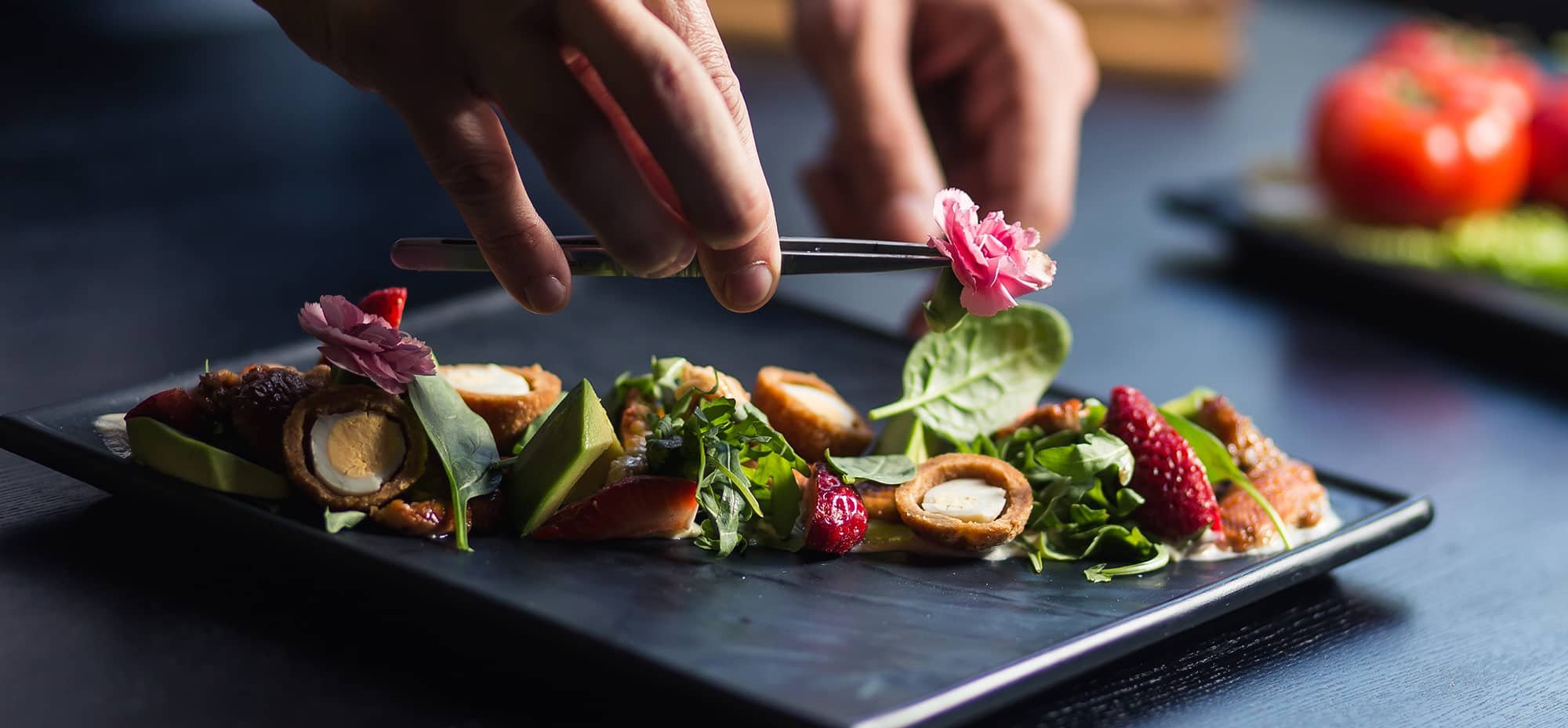How To Create Engaging Recipe Videos
Recipe videos have become an integral part of the digital food landscape, captivating audiences worldwide with their mouthwatering visuals and step-by-step instructions. Behind the scenes, skilled videographers employ a range of techniques to bring these recipes to life. In this article, we'll delve into the essential elements of filming a recipe video, highlighting the importance of macro shots, different camera angles, sound, and more.
1. Macro Shots: Up Close and Personal:
One of the key aspects of recipe videos is showcasing the intricate details of the ingredients and cooking process. Macro shots allow viewers to experience the textures, colors, and aromas in vivid detail. Invest in a good macro lens or utilize the macro function on your camera to capture these close-up shots. From the sprinkling of salt to the sizzle of oil, macro shots enhance the visual appeal and create a sensory experience for your audience.
2. Varied Camera Angles: Adding Depth and Visual Interest:
To make your recipe video visually engaging, experiment with different camera angles. Start with overhead shots, which provide a comprehensive view of the cooking process. Then, mix it up with low angle shots to add drama and heighten the impact. Additionally, incorporate close-ups of hands, utensils, and ingredients to highlight specific techniques or elements. Remember, the right camera angle can transform an ordinary recipe video into a cinematic masterpiece.
3. Lighting: The Secret Ingredient for Great Shots:
Proper lighting can make or break your recipe video. Natural light is ideal, so film near a well-lit window or shoot outdoors when possible. Soft, diffused lighting works best to ensure the colors of the ingredients appear true and appetizing. If natural light is not available, invest in quality artificial lighting options such as softboxes or LED panels. Avoid harsh shadows and ensure consistent lighting throughout your video.
4. Sound: The Unsung Hero of Recipe Videos:
While visuals take the spotlight, sound plays a crucial role in creating an immersive experience for viewers. Invest in a high-quality external microphone to capture clear, crisp audio. Reduce background noise by filming in a quiet environment or using soundproofing techniques. Consider adding additional audio elements, such as ambient kitchen sounds or sizzling pans, to enhance the overall sensory experience.
Filming a recipe video requires a thoughtful blend of technical skills, creativity, and attention to detail. By incorporating macro shots, different camera angles, mastering sound, and applying effective editing techniques, you can create captivating recipe videos that leave your audience inspired and hungry for more. With practice and a dash of passion, you can master the art of capturing culinary magic, one frame at a time.
5. Composition and Styling: Making Food Look Irresistible:
The way you present the food in your recipe video can greatly impact its appeal. Pay attention to composition, ensuring that the ingredients and finished dishes are well-placed within the frame. Use attractive props and garnishes to add visual interest. Incorporate dynamic movement by showing the pouring of sauces, tossing of ingredients, or the steam rising from a hot dish. Remember, a visually pleasing presentation can entice viewers to recreate your recipe.
6 - Seamless Editing: Weaving Together Culinary Artistry:
Once you have captured the footage, it's time to edit and refine your recipe video. Choose a video editing software that suits your needs and allows for precise control over transitions, color grading, and adding music or voiceovers. Trim unnecessary footage, maintain a steady pace, and ensure that each step is clearly presented. Don't forget to include text overlays or captions to reinforce the recipe instructions.




